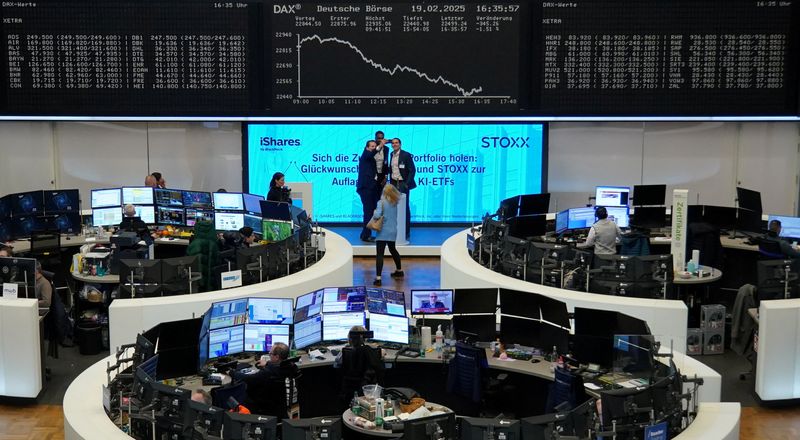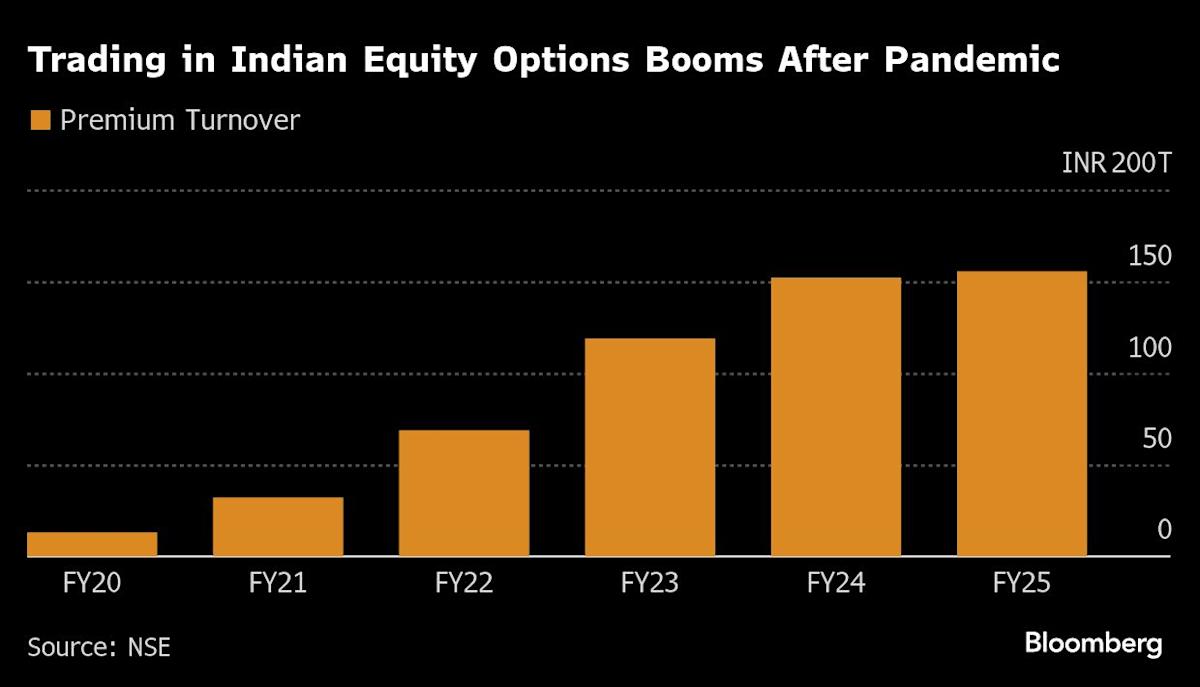A look at the day ahead in European and global markets from Kevin Buckland
It’s been building for a long time, but worries about the destabilising and economically destructive potential of Donald Trump’s trade policies seem to have come to a head at the end of the month, rippling across all asset classes.
Europe is feeling the effect of threatened 25% U.S. levies with stocks sliding yesterday and futures pointing to more losses today, while the euro has slipped to deeper two-week lows against the dollar.
Big declines in Canada’s currency show little sign of abating as it marked a fresh 3 1/2-week low, with Trump clarifying that 25% duties are still set for next week, after earlier appearing to offer another one-month extension to the deadline.
The market reaction in China to threats of an additional 10% tariff has been more complicated, owing partly to the timing. The powerful National People’s Congress meets next week, and in a gathering that was initially expected to yield little, analysts now say more stimulus could be imminent.
The biggest currency casualties of Trump’s China tariff threats have been the Aussie and New Zealand dollars, which often act as more liquid proxies for the yuan. The yuan itself is bouncing off multi-week lows, with the PBOC setting a slightly firmer official rate for the first time this week, showing its intent to support the currency.
Hong Kong stocks slid some 1.7% on Friday but mainland blue chips were off by a relatively paltry 0.5%. Compare those declines to the nearly 3% tumbles in Japan’s Nikkei and South Korea’s Kospi.
The Tokyo bourse felt the additional weight from a strong yen – the traditional safe haven was the only currency to be meaningfully up against the dollar on Friday.
The dollar-yen pair also tends to track U.S. Treasury yields, which sank to new two-week troughs as traders contemplated the potential damage of a global trade war to America’s own economy, which is of late already showing signs of vulnerability.
A key report is coming up later today in the form of the PCE deflator, the Fed’s preferred inflation gauge.
Traders have been steadily ramping up bets for a dovish Fed, with the two quarter-point rate cuts that recently got priced into the market now seen most likely for June and September.
Of course it’s the ECB that kicks off the next round of global central bank meetings with a policy decision next week, and another quarter-point cut is widely expected.
What’s less clear is what happens after that, with some signs from policy makers that the pace of easing will slow.


